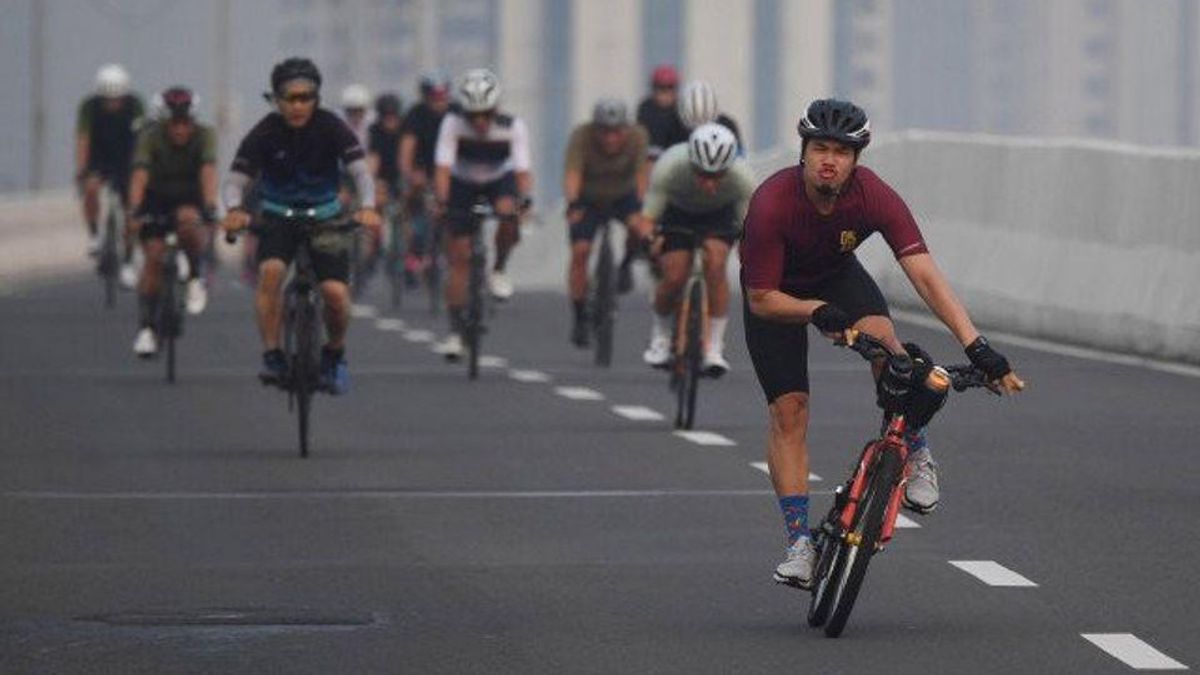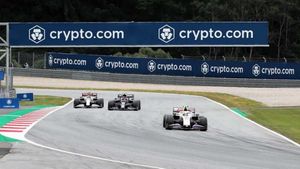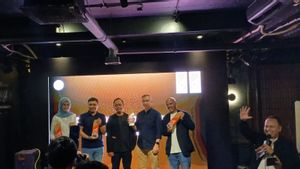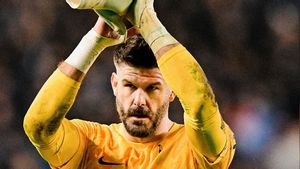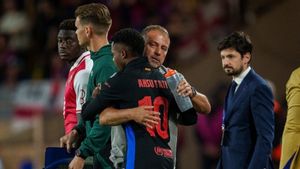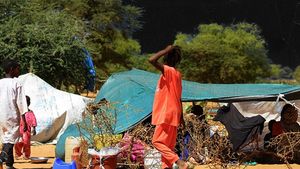JAKARTA - The debate about cycling culture in the capital has not subsided. The blasphemy extends not only to road bike users but also to other cyclists, even commuter cyclists. The discourse then appeared. About the "anti-pollution fighter" narrative and is it appropriate to generalize to all cyclists? This is the solution at the end of the polemic.
We spoke with Poetoet Soedarjanto, Chairman of Bike2Work Indonesia. According to Poetoet, the public needs to be careful and wise in responding to the controversy caused by road bike users in the viral photo.
It is a big mistake, according to Poetoet to generalize all bicycle users. Regarding the riding behavior of road bike users in the viral photo, Poetoet responded, "It's the person's fault. Not the bike."
"If the route that is crossed already has a bicycle lane, please correct me if I am wrong, then the bicycle group is wrong. It's wrong, it's wrong, there is no need for this justification. Please look again at Article 122 UULAJ 22/2009," added Poetoet.
Poetoet also commented on the narrative of netizens attacking the idiom of "pollution fighter". There is a big difference between cyclists. In this context we divide into two, namely those who use bicycles as a means of transportation and as a sport or recreation.
Nothing bad really. But the idiom of pollution fighters, said Poetoet, clearly refers to the first category: transport or commuter cyclists. So, it's not about the type of bicycle used, but about the purpose of someone cycling.
"Seeing how they look, they are exercising on their bicycles. How about other times? Not necessarily also transporting by bicycle," said Poetoet.
Anti-pollution solutions
Last October, the DKI Jakarta Provincial Government was awarded the Sustainable Transport Award (STA) from the Institute for Transportation and Development Policy (ITDP) and the Committee for the Sustainable Transportation Award from various organizations, such as the World Resources Institute, Clean Air Asia, to the World Bank.
There is good news as well as bad news in this study. The good news is that Jakarta has successfully implemented a strategy to increase public mobility by using public transportation, as seen from the growth and improvement of public transportation modes.
Jakarta is also considered successful in improving safety and access for pedestrians and cyclists. This can be seen from the progress of the bicycle lane construction. All of this raises optimism about reducing air pollution in the capital city.
But optimism does not mean success. Many things still need to be done to realize that optimism. Success in developing transportation and building bicycle lanes does not necessarily make Jakarta safe from pollution.
One of the biggest problems of Jakarta's air pollution is the use of non-environmentally friendly fuels. This means that the streets of Jakarta are still not safe enough for the health of its citizens.

According to data from Breathe Easy Jakarta, emissions from the transportation sector in the capital city are estimated at 43 to 46 percent during the period 2012 to 2030. In 2019, Vital Strategies, an international non-profit organization that focuses on public health issues, released a study showing the contribution level of exhaust fumes in Jakarta's overall pollution.
As a result, vehicle exhaust fumes contributed 32-41 percent in the rainy season and increased to 42-57 percent in the dry season to PM2.5 concentrations in DKI Jakarta. PM2.5 is a fine particle measuring 2.5 micrometers or smaller than the size of a human hair.
This is a sign of poor air quality. And this indicator is directly related to human health. The World Health Organization itself sets a safe standard for PM2.5 concentrations to remain below 25 micrograms/m3 for the daily average.
In addition to optimizing the role and quality of public transportation, encouraging a commuting cycling culture is the most logical anti-pollution solution.
Transferring sports cyclists to the racetrack
Riders with AA plates face off against a platoon of road bikes (Twitter/@samartemaram)
In addition to encouraging the growth of commuter cyclists, this polemic also raised the idea of moving sports cyclists to the racing arena, either at the velodrome or the circuit. Suitable. Because the highway is not for speeding fun.
There is some reasons. The first is about the behavior of sports cyclists who need large space to ride in the middle of a platoon at high speed. This also makes many sports cyclists often use the forbidden right lane.
"Cyclists who are in the traffic lane together with other motorbikes, are of course obliged to take the far left lane. So that the safety and security aspects when they are in the road space can be fulfilled," Head of DKI Jakarta Transportation Agency Syafrin Liputo told reporters, Sunday, May 30.
Separately, Dirlantas Polda Metro Jaya Kombes Sambodo Purnomo Yogo said his party would take firm action in the form of fines for cyclists who violate traffic by crossing the right lane.
"There is a violation of the Road Traffic and Transportation Law (LLAJ), Article 299," said Sambodo, Saturday, May 29.
But the ticketing will only take effect when a special lane for sports bikes is inaugurated. Currently, there is a trial run of the road bike track on the non-toll flyover (JLNT) Kampung Melayu-Tanah Abang.
"We have prepared a special road bike lane. After the lane is operational, we will start taking firm action against bikers," said Sambodo.

In addition, there are studies that confirm that speeding with a bicycle in the middle of a polluted city is not good, even for the health of the cyclist himself. When cyclists pedal at high speed, they will take deeper breaths.
This increases the amount of pollution that enters the lungs. On the other hand, pedaling a bicycle too slowly also causes a person to be exposed to pollution for a longer duration. Reported by the Daili Mail, researchers are trying to find the right speed.
"The faster you move, the harder you breathe, and the more pollution that enters through your breath. But on the other hand you are also exposed to less time of traffic pollution," said Alex Bigazzi, lead researcher from the University of British Columbia.
A series of studies involved data collection on more than 10,000 people. The results, published in the International Journal of Sustainable Transportation, found that the best cyclists pedal between 12 and 20 kilometers per hour in the middle of a polluted city.
"If you move fast enough, the inhalation and pollution will be significantly higher. The good news is, this minimum speed is the average speed that people are used to," Bigazzi said.
Air pollution resulting from urban activities has become a risk factor for developing asthma, stroke and lung cancer. Pollution is believed to cause 3 million deaths worldwide.
*Read other information about JAKARTA or read other interesting articles from Diah Ayu Wardani and Yudhistira Mahabharata.
Other BERNASThe English, Chinese, Japanese, Arabic, and French versions are automatically generated by the AI. So there may still be inaccuracies in translating, please always see Indonesian as our main language. (system supported by DigitalSiber.id)
